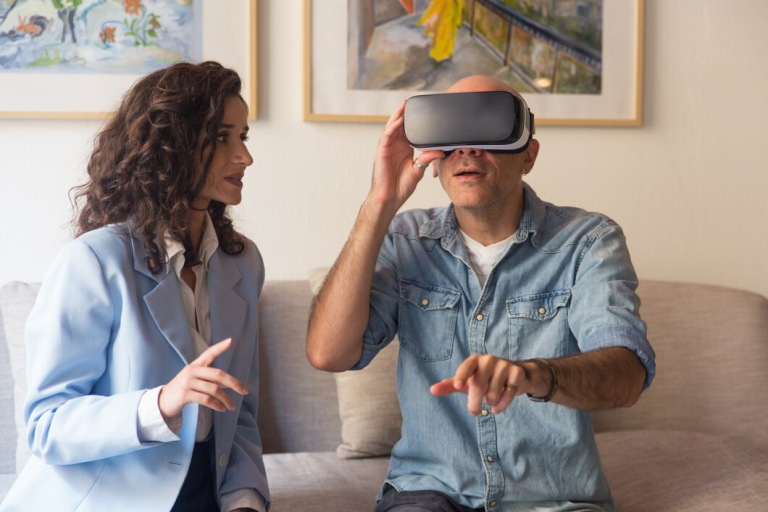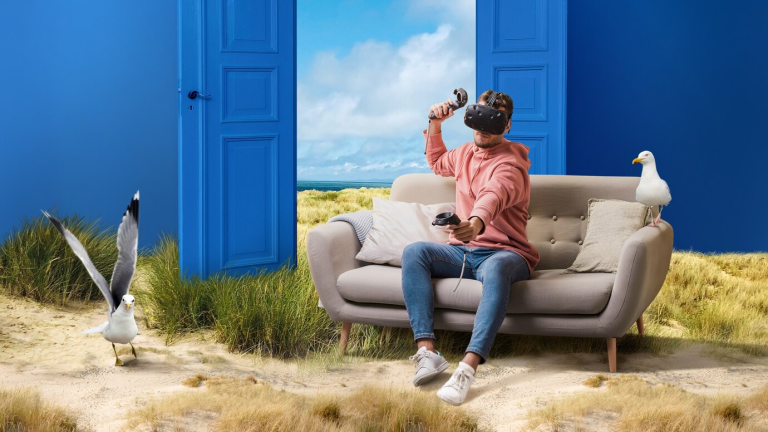In the world of residential architecture, the integration of Virtual Reality (VR) is a game-changer. At VRchitects, we harness the power of VR to revolutionize how we design and visualize homes. Here’s a closer look at the benefits of using VR for residential architecture projects.
Enhanced Design Accuracy
One of the primary advantages of VR in architecture is the ability to create highly accurate designs. VR allows architects to immerse themselves in a 3D environment, providing a detailed view of every aspect of the project. This immersion leads to:
- Precision: Architects can identify and correct design flaws before construction begins.
- Detailing: It enables intricate detailing that might be overlooked in 2D plans.
Personal Experience: I recall a project where VR helped us identify a potential layout issue in a kitchen design. By virtually walking through the space, we could adjust the layout to enhance functionality and aesthetics.
Improved Client Collaboration
VR significantly improves client collaboration and communication. Clients can virtually tour their future homes, offering a clear understanding of the design and layout. This interactive experience leads to:
- Better Feedback: Clients can provide immediate and specific feedback, allowing for quick adjustments.
- Engagement: Increased client engagement as they feel more involved in the design process.
Client Story: One of our clients was hesitant about the open-plan living area we proposed. After experiencing it through VR, they could visualize the spaciousness and flow, which convinced them to proceed with the design.
Realistic Visualization
Seeing a design in VR offers a level of realism that 2D drawings or even 3D models on a screen can’t match. VR provides a true sense of scale, depth, and spatial relationships, which helps in:
- Decision Making: Clients can make more informed decisions about materials, colors, and finishes.
- Emotional Connection: It creates an emotional connection with the space, making it easier for clients to envision themselves living in the home.
Cost and Time Efficiency
Using VR can lead to significant cost and time savings by reducing the likelihood of costly changes during construction. The benefits include:
- Reduced Revisions: Fewer revisions and changes during the construction phase.
- Efficiency: Streamlined design process, saving both time and resources.
Enhanced Marketing and Sales
For real estate professionals, VR tours can be a powerful marketing tool. Potential buyers can explore properties virtually, which:
- Broadens Reach: Attracts buyers from different locations who can view the property remotely.
- Increases Interest: Engages buyers more effectively than traditional photos or videos.
Sustainable Design
VR can also contribute to sustainable design practices by allowing architects to experiment with different design solutions to find the most energy-efficient options. This leads to:
- Environmental Impact: Reduced environmental impact through better planning and resource management.
- Innovation: Encourages innovative design solutions that are both sustainable and aesthetically pleasing.
At VRchitects, we are committed to leveraging the latest VR technology to enhance the design and construction process. Our team is dedicated to providing immersive and interactive design experiences that bring your vision to life.






